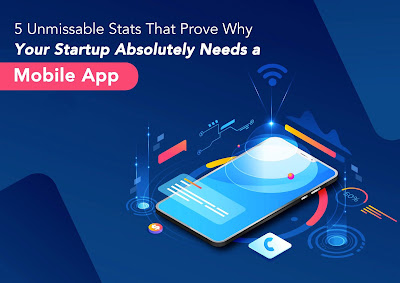In 2019, the Android market experienced
some amazing changes and Android Q which is now Android 10 is one of them.
People were really interested in this new development and were discussing
about it, its features, installation, beta version and everything all that
time. Android 10 is live now and discussions are taking new turns. The hottest
topic currently going on is if Android 10 is really better than Android 9 or
not.
In this blog, we are going to follow the
trend and compare the latest two Android versions based on their features and a lot of stuff.
1.
The Dark Mode: Android OS in
its latest version has a dark mode and that’s why it is the shiniest amongst
the all. When people look at attractive content in white on a dark background
it feels kind of satisfying and there’s no doubt in that, as black is the
favorite of all of us. The dark mode is actually winning hearts and wins a plus
point over the previous Android version.
2.
Support for Foldable Phone:
Yup, you heard it right!!! The new Android version supports foldable phones.
So, if you are a Samsung Galaxy Fold user, this feature will allow you to enjoy
better usage of the phone even when it’s on low battery. This is also offering more
opportunities to Android app developers who want to explore the new dimensions
of app development. Find the best Mobile App Development in Texas
3.
Facial Recognition: Android 10
has also made an entry with a facial recognition feature that lets the users
unlock their devices through their facial characteristics. We know that this
feature has now become old, as iOS already introduced it a while ago. But, it’s
new in Android, so we can celebrate.
4.
Live Caption: It’s so nice to
have a live caption in the space, as this feature allows accessing the automatic
captions for all the multimedia files, docs, audios, messages, videos and more.
One thing will make you happier and that is the feature is available in offline
mode too.
5.
Accessibility Through Desktop:
This feature is considered as one of the finest of the Android 10, as the users
can now easily connect their devices with the laptops or systems without any
issues. It is also doing a good job of improving the user experience. With this
even the developers need to rework on their methodologies and enhance their
developing abilities.
These were some of the famous features of
Android 10 which was not available in Android Pie. So, in this sense, the new
version is definitely better. But there are other factors too, like the UI and
design themes in Pie were revolutionary too, though the new version lets the
users customize and play with style, font size, and icon shape.
If we talk about the messaging and emojis,
then 10 comes with smart reply and suggested actions. The fact is that Android
9 made Google the second major vendor supporting emojis by bringing about 157
new emojis, but Android 10 also has some fresh and funny ones.
Battery levels were improved in Android 9,
but even the dark mode is relishing an upgraded adaptive battery setting.
So, any experts would say that you just
can’t tell which one is better, but one can definitely choose the one based
upon their focused features.







